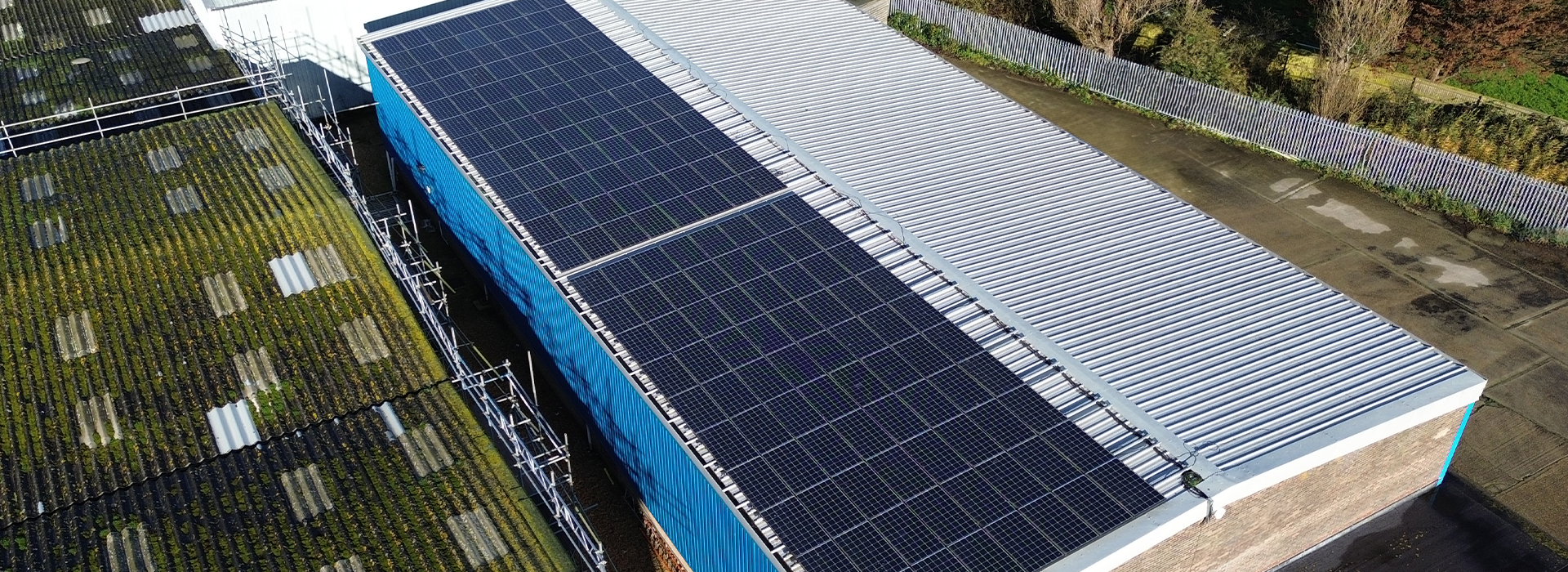As winter arrives with its frosty temperatures and challenging weather conditions, ensuring safety becomes paramount for businesses and homeowners alike. One often overlooked yet crucial aspect of winter preparedness is the use of compliance-tested access ladders. These unassuming structures play a vital role in maintaining safety and accessibility, especially when the mercury drops. In this blog post, we’ll delve into the importance of compliance-tested access ladders and why they are indispensable during the winter months.
The Significance of Access Ladders:
Access ladders serve as the unsung heroes of many structures, providing a means to reach elevated spaces for maintenance, inspections, or emergency situations. In winter, when icy surfaces and adverse weather conditions prevail, having a reliable access ladder is not just a convenience but a safety imperative. Compliance-tested access ladders, designed to meet stringent standards, ensure that these structures can withstand the unique challenges posed by winter.
Compliance: A Pillar of Safety:
Compliance testing ensures that access ladders adhere to specific safety standards mandated by regulatory bodies. In the United Kingdom, organizations like the Health and Safety Executive (HSE) set forth guidelines to guarantee the strength, stability, and durability of access ladders. Compliance testing is not just a bureaucratic formality; it’s a commitment to safety. Ladders that have undergone compliance testing are better equipped to handle the rigors of winter, providing a secure means of access even in challenging conditions.
Why Compliance-Tested Access Ladders Matter in Winter:
Preventing Slips and Falls:
Winter brings with it icy surfaces, increasing the risk of slips and falls. Compliance-tested access ladders are designed with features that enhance stability, minimizing the chance of accidents when navigating elevated areas.
Snow Management:
Snow accumulation on roofs and other elevated spaces is a common occurrence during winter. Access ladders that meet compliance standards are built to withstand the additional weight of snow, ensuring they remain stable and secure.
Emergency Access:
Winter weather can exacerbate structural issues or lead to emergencies like leaks. Compliance-tested ladders enable quick and safe access for emergency response teams, facilitating prompt action to address issues.
Durability in Harsh Conditions:
Compliance testing includes evaluating the ladder’s durability in various conditions, including freezing temperatures and moisture. This ensures that access ladders maintain their structural integrity, resisting corrosion and deterioration over time.
Conclusion:
In the face of winter’s challenges, compliance-tested access ladders emerge as indispensable tools for maintaining safety and accessibility. Investing in ladders that adhere to regulatory standards is not just a legal requirement; it’s a commitment to the well-being of those who rely on these structures. As winter approaches, businesses and homeowners should prioritize the quality and compliance of their access ladders, recognizing them as crucial components in the broader landscape of winter safety.



